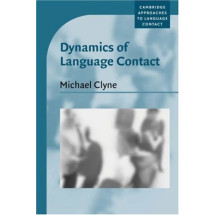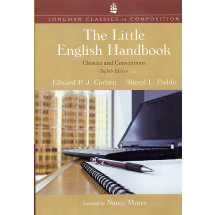1. Introduction: The Evolving Field of Language Evolution, Alison WrayPart I: Making Ready for Language: Necessary, But Not Sufficient
2. Comparative Vocal Production and the Evolution of Speech: Reinterpreting the Descent of the Larynx, W. Tecumseh Fitch
3. Sexual Display as a Syntactic Vehicle: The Evolution of Syntax in Birdsong and Human Language through Sexual Selection, Kazuo Okanoya
4. Serial Expertise and the Evolution of Language, H. S. Terrace
Part II: Internal Triggers to Transition: Genes, Processing, Culture, Gesture, and Technology
5. Protocadherin XY: A Candidate Gene for Cerebral Asymmetry and Language, T. J. Crow
6. Dual Processing in Protolanguage: Performance Without Competence, Alison Wray
7. Language and Revolutionary Consciousness, Chris Knight
8. Did Language Evolve from Manual Gestures?, Michael C. Corballis
9. The 'Finished Artefact Fallacy': Acheulean Handaxes and Language Origins, Iain Davidson
Part III: External Triggers to Transition: Environment, Population, and Social Context
10. Foraging Versus Social Intelligence in the Evolution of Protolanguage, Derek Bickerton
11. Methodological Issues in Simulating the Emergence of Language, Bradley Tonkes and Janet Wiles
12. Crucial Factors in the Origins of Word-Meaning, L. Steels, F. Kaplan, A. McIntyre, and J. Van Looveren
13. Constraints on Communities with Indigenous Sign Languages: Clues to the Dynamics of Language Origins, Sonia Ragir
Part IV: The Onward Journey: Determining the Shape of Language
14. The Slow Growth of Language in Children, Robbins Burling
15. The Roles of Expression and Representation in Language Evolution, James R. Hurford
16. Linguistic Adaptation Without Linguistic Constraints: The Role of Sequential Learning in Language Evolution, Morten H. Christiansen and Michelle R. Ellefson
17. Uniformitarian Assumptions and Language Evolution Research, Frederick J. Newmeyer
18. On the Evolution of Grammatical












